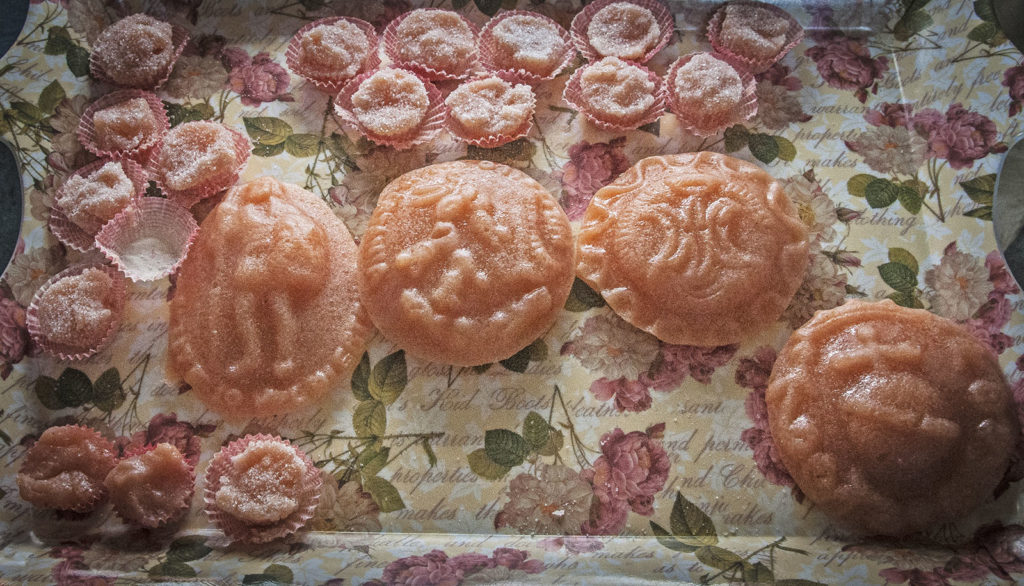The feast for the Holy Saviour of Militello involves its citizens and also attracts inhabitants from nearby villages and tourists: everyone is invited!
During the celebrations the most diverse sounds can be heard: cannon shots announcing the approaching feast; bells ringing to alert citizens of the beginning of the festivities; voices of the participants, the local band, and the prayers of the processions.
It’s impossible not to feel involved in the festivities, with each sound reminiscent of a precise moment.
The church interior looks like a white canvas with strokes of colour from the frescoes and stucco decorations that create plays of light and shadow.
The delicate white walls were combined with a white and grey chequered floor, with a geometric design formed of straight lines in an excellent contrast with the walls.
These delicate tones are enlivened during the feast of the Holy Saviour; long red drapes decorate the nave and the interior is transformed by colour!
The smell of the candle offered by the mayor and the scent of the flowers that adorn the streets are unmistakable, inevitable parts of the feast of the Holy Saviour.
These smells remain imprinted in the memory of young and old people alike, and whenever you catch a hint of them, they bring to mind moments of celebration and joy.
The feast of the Santissimo Salvatore (Holy Saviour) is also an opportunity to eat some typical sweets such as cognata (quince paste).
The recipe is very simple and requires only three ingredients: quince, sugar and lemon.
The ingredients are cooked using the same process as jam and placed in moulds for the mixture to solidify into a gelatinous consistency.
Special moulds in the shape of a globe with a cross on top are used for the feast of the Holy Saviour. 